Experience EHE is a week of events that highlight the core values of the College of Education and Human Ecology. We’re pushing the boundaries to solve problems with bold purpose and informed resolve. And we do it by valuing a diversity of ideas – from visionaries hailing from big cities and small towns; from first-generation students and second-career dreamers; from people of all faiths, colors and genders.
This week is meant to provoke and inspire. Experience the best we have to offer and learn how we make lives better together.
130 Anniversary
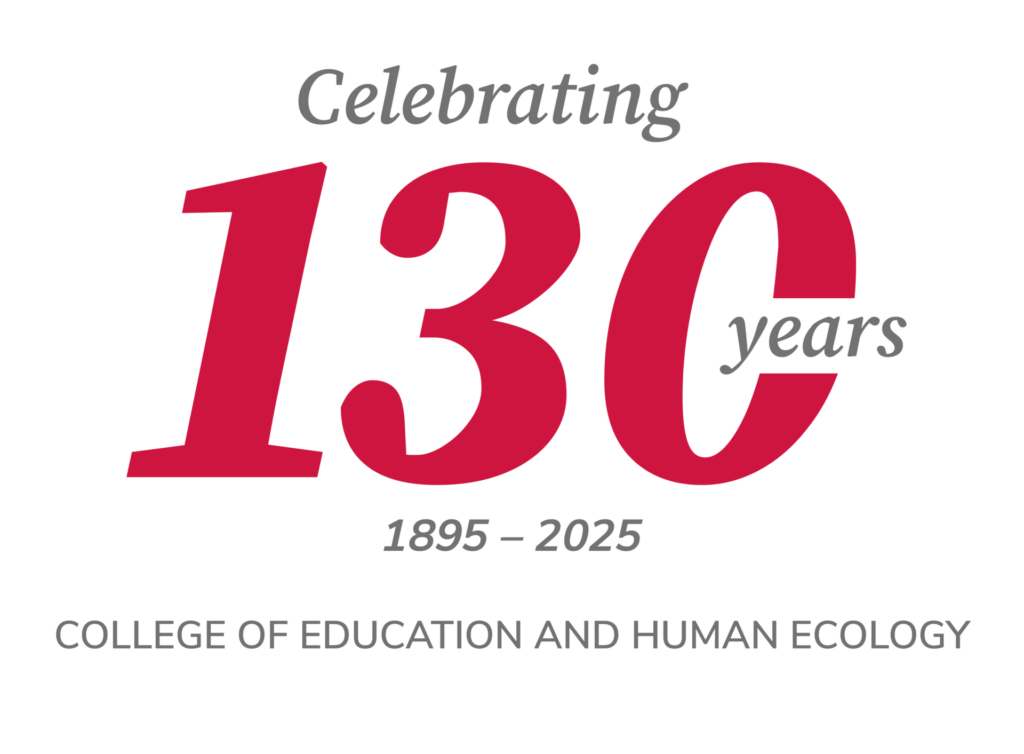
This year, the college is recognizing its 130th anniversary. Did you know that the two units of the College of Education and Human Ecology at Ohio State University originated in 1895?
The Department of Pedagogy was established in 1895 — thus our recognition of 130 years of existence. It came about thanks to the inspiration of university President James H. Canfield and other instigators. It was renamed the College of Education in 1907 due to Ohio legislation committing Ohio State to “include a teachers college of professional grade.” Its first dean was William W. Boyd.
The Department of Domestic Economy was established in 1896, again at the recommendation of President Canfield. It made Ohio State among the first universities in the United States to join the national movement to study what was later called home economics. It was renamed the Department of Home Economics in 1913 and became the School of Home Economics in 1929. Throughout this time, it was part of the College of Agriculture. It became an independent college in 1983 under the leadership of Dean Lena Bailey.
Trends in the field were moving away from the term home economics. Universities chose either family and consumer sciences or human ecology. At Ohio State, the decision was to choose human ecology.
Thus, was the College of Human Ecology established.
In 2006, due to the small number of faculty in the College of Human Ecology, the provost asked that it be combined with the College of Education. Several taglines to capture the essence of the new college were created and tested with focus groups of faculty, staff, students and alumni. The new college was thought of as “inspiring innovation in living and learning.”
Read more about the college’s history
College History “Did You Know?” Number 2
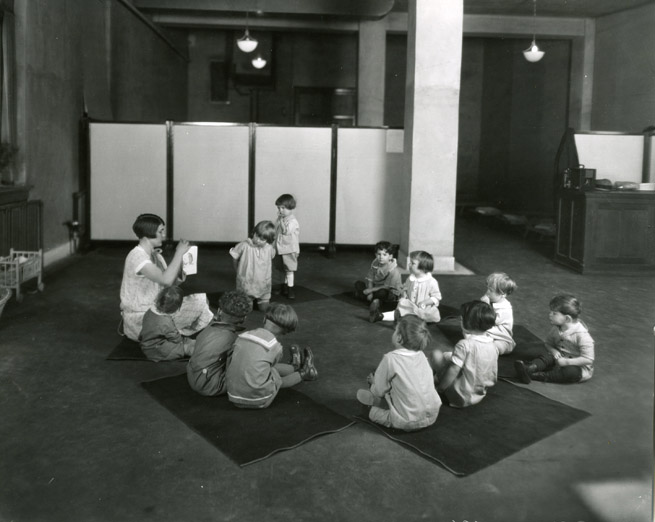
Did you know that the college’s A. Sophie Rogers School for Early Learning, currently located at the Schoenbaum Family Center in the Weinland Park neighborhood, was originally on the ground floor of Campbell Hall? And that its accompanying playground was a large grassy area on the west side of Campbell, now a parking lot.
With planning that started in 1924, the nursery school was part of the new field of child development education pioneered at Ohio State by Faith Lanman (later Gorrell), director of what was the School of Home Economics. The university laboratory for live study was one of the first, if not the first, in the country. When it opened in 1925, it was known as the Child and Family Studies Laboratory and enrolled 12 children.
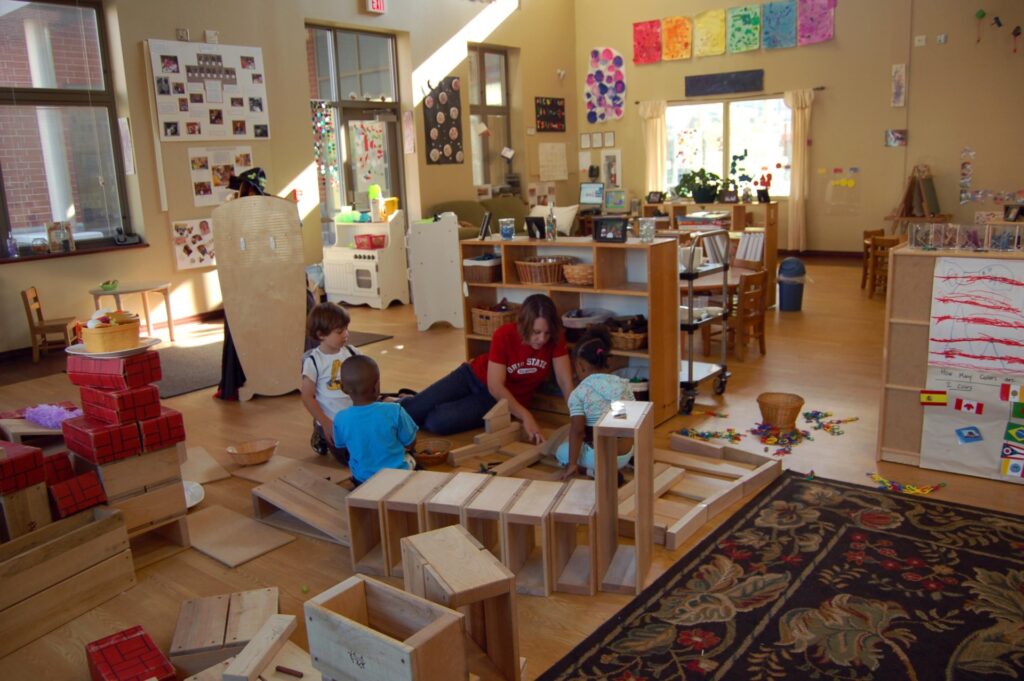
The space later grew to enroll a maximum of 20 preschoolers in Room 100 and 10 infants and toddlers in a neighboring room. It was named after Rogers, a prominent Ohio State professor, early childhood education pioneer and Columbus pediatrician who supported the school.
With the move of the school to the new Schoenbaum Family Center in 2007, room 100 was transformed in 2016 into the Faculty Innovation Center for campus-wide use. It will re-open upon completion of the Campbell Hall renovation.
What was originally the small nursery school also was transformed. The spacious Schoenbaum Center currently provides high-quality, research-based education and care to more than 70 preschoolers.
Its vision is to be a driving force in improving children’s well-being through research, practice and policy.
College History “Did You Know?” Number 3
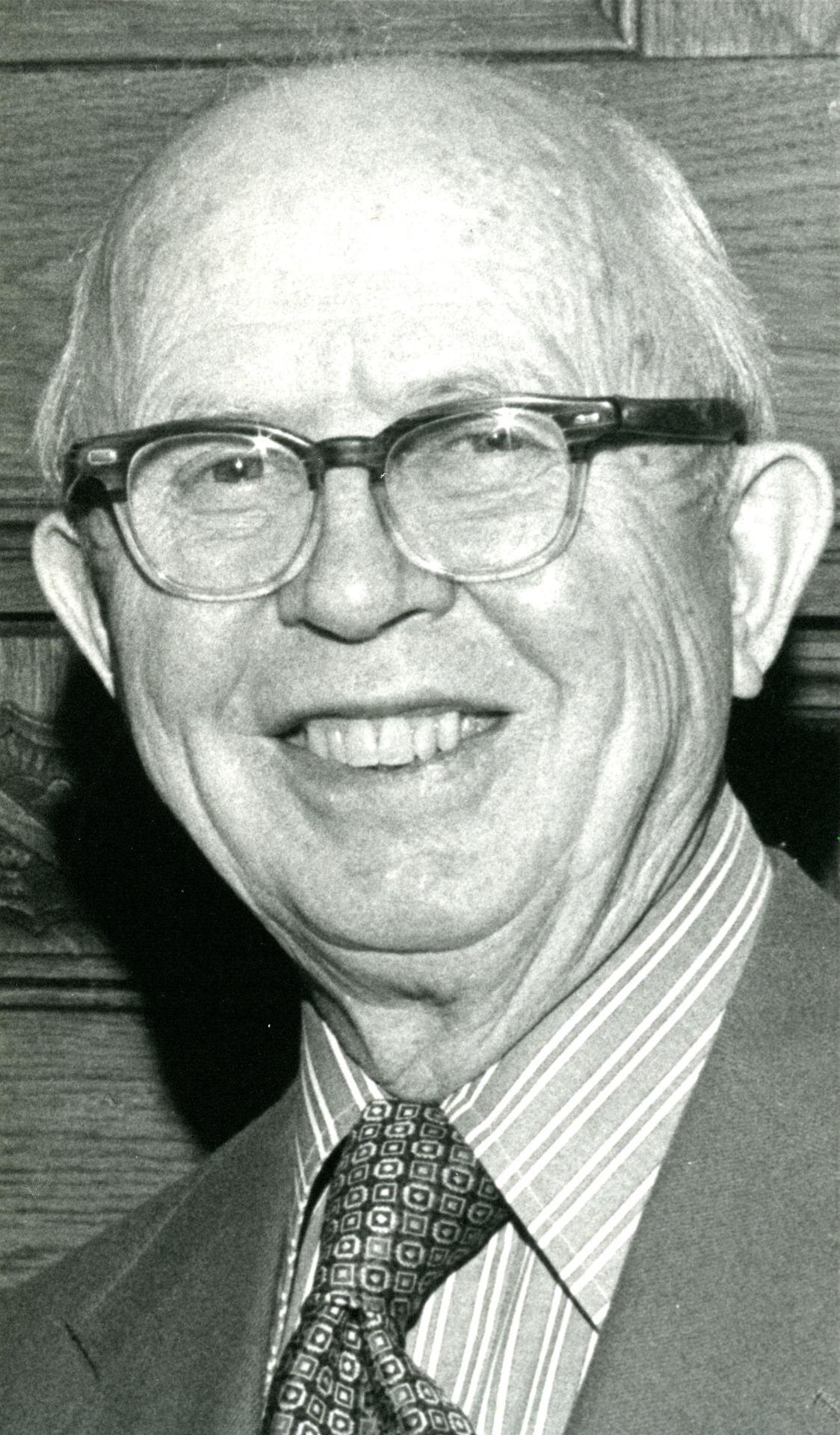
The late Edgar Dale was a professor in the College of Education from 1929 to 1970. He is internationally remembered for his use of technology in classroom instruction, among his other areas of research and expertise.
Dale spent his early career teaching and serving as a school superintendent. After earning a PhD, he worked for Eastman Kodak Teaching Films as a member of its editorial staff for the year 1928. With that experience, when he joined the college faculty, he promoted the use of audiovisual resources in teaching.
Among the books that he wrote were Teaching with Motion Pictures: A Handbook of Administrative Practice in 1937 and Audiovisual Methods in Teaching. He served as president of the Division of Visual Instruction of the National Education Association from 1937-38. That professional association that is now the Association for Educational Communications and Technology.
The volume 9, number 2, 1970 issue of the college’s journal Theory into Practice was devoted to interviews with Dale and articles by or about him. In the introductory essay, Robert W. Wagner, an Ohio State professor and chair of the Department of Photography and Cinema, wrote of Dale:
As one of a handful of pioneers in the new and still somewhat suspect field of “audiovisual education,” he was a close friend and colleague not only of those concerned with media in education, but also with the leadership in the vanguard of educational philosophy and experimentation in many fields.”
As a result of Dale’s expertise, Wagner wrote:
In 1963, he was among the first five faculty members to receive The Ohio State University Alumni Award for Distinguished Teaching. In 1968 he received the Eastman Gold Medal Award from the Society of Motion Picture and Television Engineers for his continuing contributions to the field of instructional technology. … His knowledge and wisdom carried abroad through his international students, his personal travels, his oft-translated writings, and his work with UNESCO.
“No one,” Wager wrote, “has earned more of his way in education or spent more of his life thinking about what it means to teach and to learn than Professor Dale.”
College History “Did You Know?” Number 4
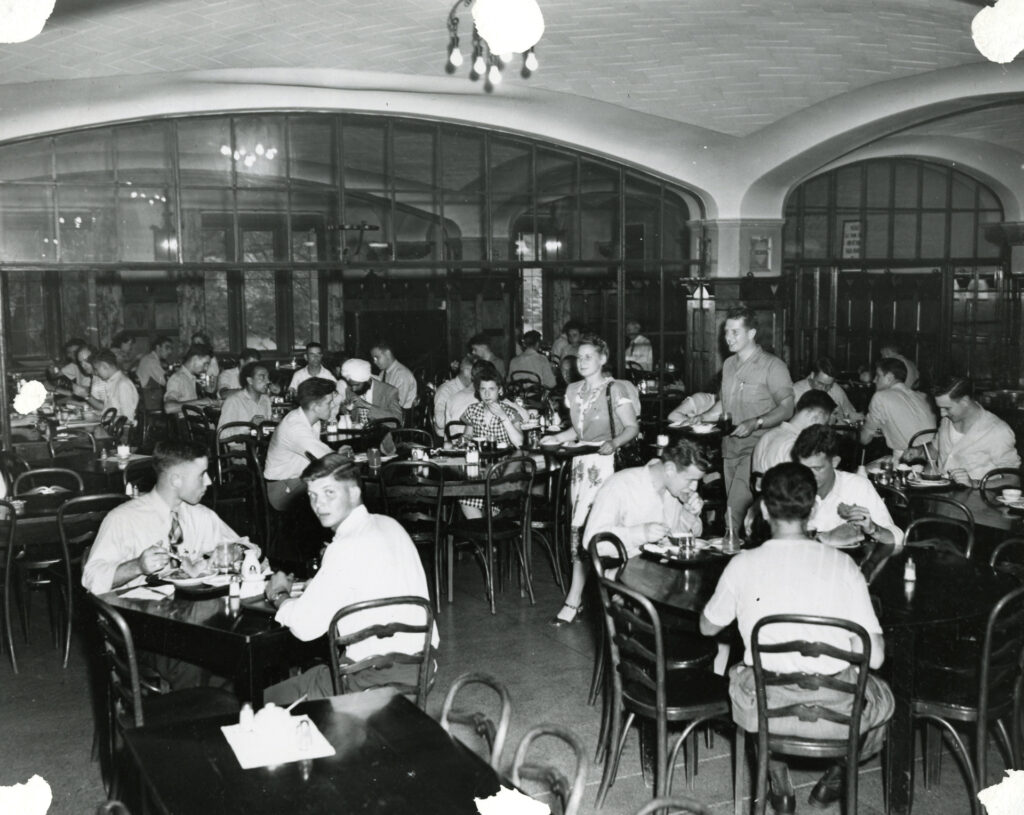
Do you know the origins of the college’s Hospitality Management program? And did you know that the early home economics program, which included a focus on “selection and preparation of food,” had a cafeteria for student experience on the ground floor, north wing, of Campbell Hall?
The new building, later named Campbell Hall, first held classes in 1917. According to the April 1978 history of the Department of Home Economics by the late Faculty Emerita Dorothy D. Scott, “The institutional laboratory, set up in the north wing ground floor, was frequently called upon to serve large numbers of visitors to the campus. For example, 150 legislators were served meals by the students in February 1919. …”
The facility expanded operations to Pomerene Hall in the 1920s to become the Pomerene Hall Refectory, referred to as a cafeteria and tea room. It continued to provide hands-on experience for students.
By the late 1920s, Chairperson Faith Lanman reported on six divisions within the Department of Home Economics. One was Institutional Management, “an interesting sequence of courses … (that) gives training and experience in planning, buying, preparing and serving food to large groups of people.” This included the organization and management of employees.
The college unit operating the refectory came to be called Human Nutrition and Food Management. It later split into today’s two programs: Human Nutrition and Hospitality Management.
According to an article written by Faculty Emerita Fern Hunt in the October 1996 Ohio State University Monthly, alumna Agnes Smith (’24 BS) managed the Refectory, graciously guiding students and employees alike for more than 40 years.
“Smith had two primary goals in serving her clientele,” Hunt wrote, “satisfy the diners and keep the prices reasonable, even low. She understood ‘Have it your way’ before hamburger chains were even dreamed of.”
College History “Did You Know” Number 5
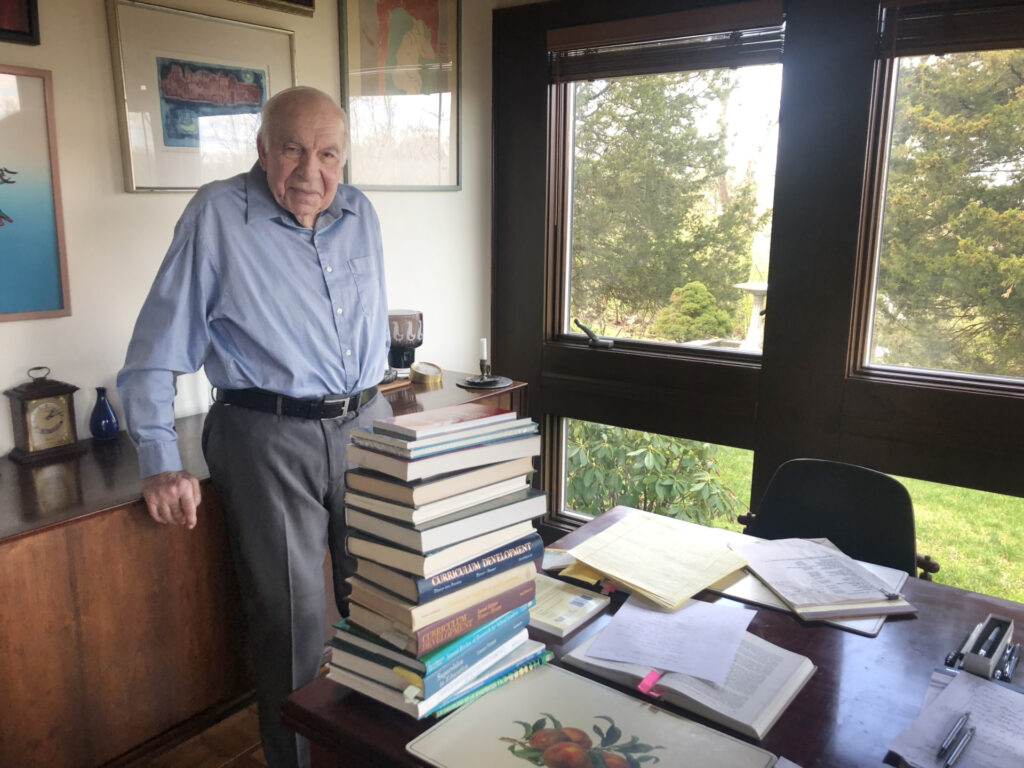
Did you know that in 2022, the late Daniel Tanner, ’55 PhD, gave the college $1 million to create the Daniel Tanner Foundation Endowed Professorship? He was 95.
The gift comes after Tanner’s successful, 67-year career that had a rocky start. Orphaned at age 4, he appointed himself his 2-year-old brother’s guardian. The pair were bounced from one foster home to another but always stayed together.
And Tanner’s best schools were his refuge where “teachers saved me. …” he said in the college’s 2022 interview. “They opened up the world to me, in many ways.”
Those teachers encouraged him to go to college, so he made it his goal. With two degrees from Michigan State University, he came to Ohio State for his doctoral degree.
Tanner, who died in 2023, was a great fan of Ohio State and its renowned education scholars. This included the late Professor Emeritus Edgar Dale, who served on Tanner’s dissertation committee (see College History “Did You Know” No. 4).
During his career, Tanner worked as a professor first at Purdue, then at Northwestern University and ultimately at Rutgers. He retired from there in 2010, having become a leader in curriculum studies and adolescent education and development. The endowment is focused on curriculum studies on adolescence and democracy.
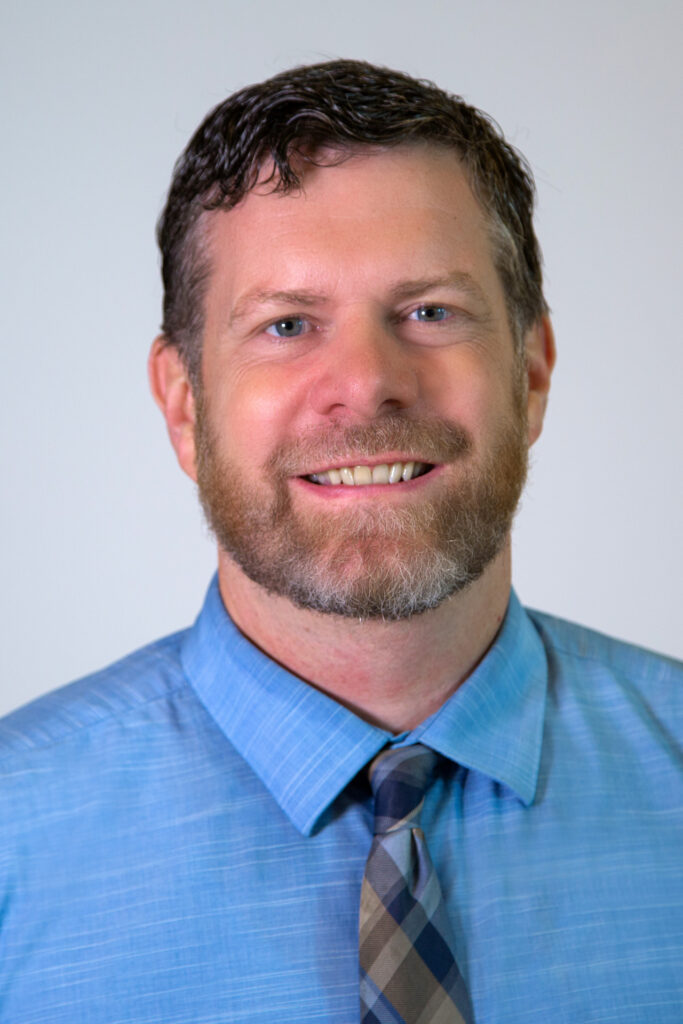
Bryan Warnick has been appointed as the first faculty member to hold the Daniel Tanner Foundation Professorship. In addition to being the chair of the Department of Educational Studies, he teaches and conducts research about the philosophy of education. Some of his recently addressed topics include the ethics of school punishment and the phenomenon of school shootings.
